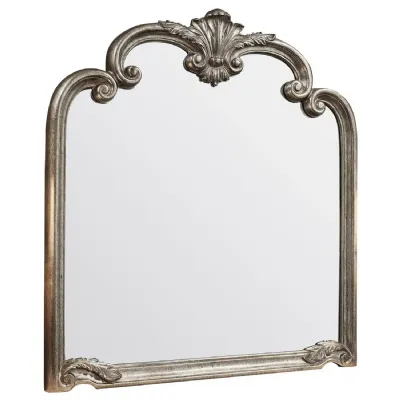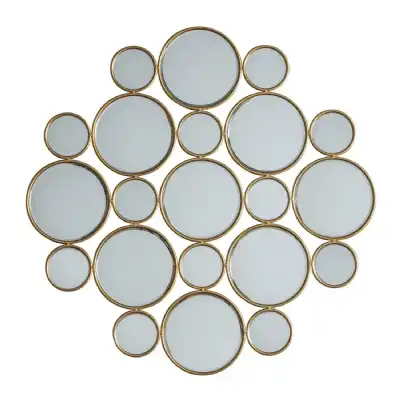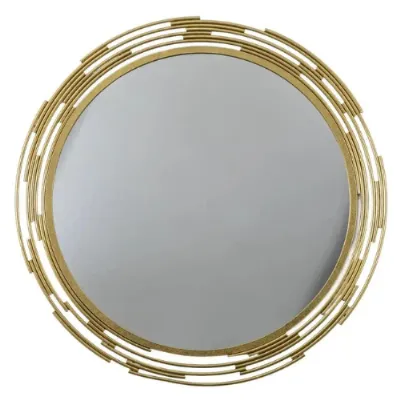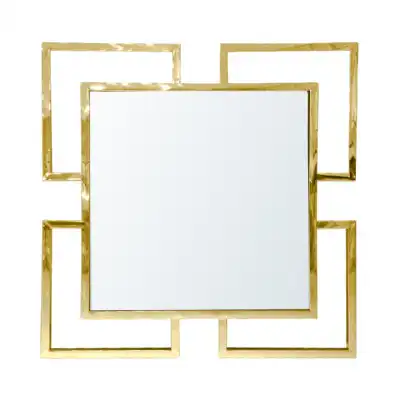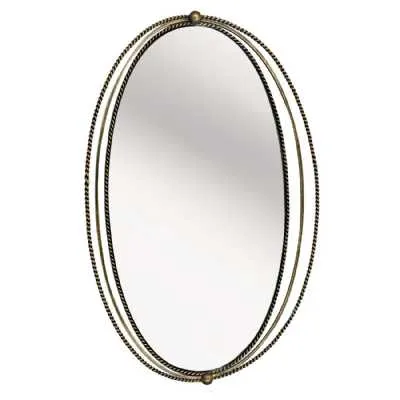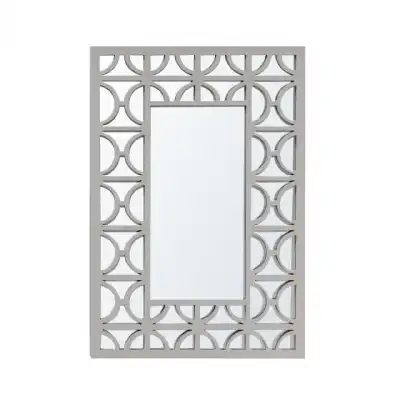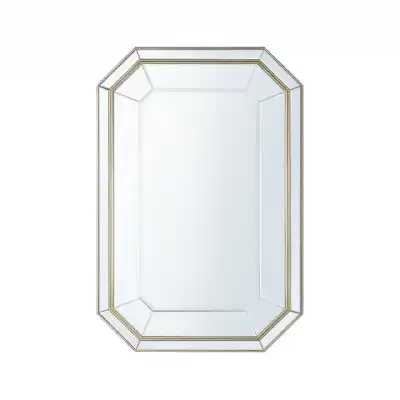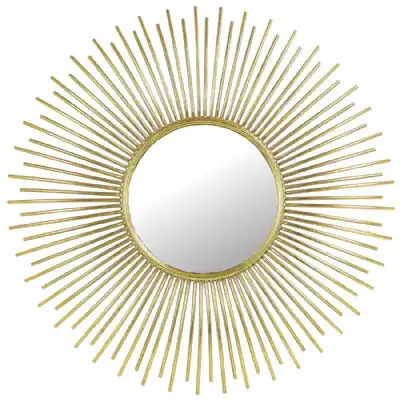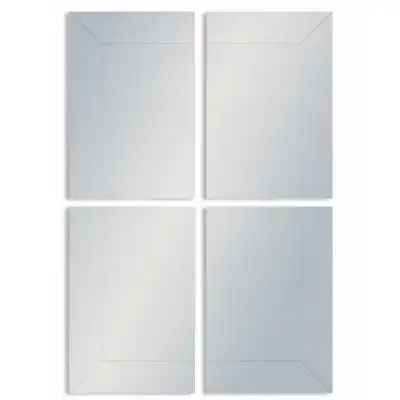Wall Mirrors
FAQ About Wall Mirrors
-
How to Hang a Wall Mirror?
Hanging a heavy wall mirror requires extra care and sturdy hardware. Here are the steps:
Find wall studs: Use a stud finder to locate the wall studs. Heavy mirrors should be anchored directly into the studs for maximum support.
Mark the hanging points: Measure and mark the mirror's mounting points on the wall, ensuring they align with the wall studs. Use a level to keep the marks straight.
Install wall anchors or screws: Drill holes into the wall at the marked points. If attaching to studs, drill directly into them. Insert wall anchors or screws into the holes, leaving them protruding slightly.
Attach mirror brackets or D-rings: Depending on the mirror's design, attach appropriate brackets or D-rings to the back of the mirror frame.
Hang the mirror: With the help of a friend, hang the mirror on the wall brackets or D-rings. Make sure it's level and secure.
Final adjustments: Check the mirror's level and make any necessary adjustments. Tighten screws or secure clips if needed.
-
On which wall mirror should be placed?
As an Interiors Decor Expert, we here at Joco's Interiors would recommend the following considerations when deciding on the placement of a wall mirror:
Selecting the ideal location for a wall mirror is essential for enhancing both the aesthetics and functionality of a space. Here are some guidelines to help you determine where to place a mirror:
Entryway: Placing a mirror in the entryway can make a small space feel more open and welcoming. It's an excellent spot for a last-minute appearance check before heading out the door. Choose a stylish mirror that complements the overall decor of the space.
Living Room: A well-placed mirror in the living room can help amplify natural light and create a sense of spaciousness. Consider positioning it across from a window to reflect outdoor views or near a beautiful piece of art to highlight its presence.
Dining Room: Hanging a mirror in the dining room can add a touch of elegance and create a sense of depth. Position it strategically to reflect the dining table, chandelier, or any other attractive focal point in the room.
Bedroom: In the bedroom, a full-length mirror is often a practical choice, especially if you have limited closet space. Place it on the back of a closet door, on a wardrobe, or on a wall adjacent to the closet for convenience.
Bathroom: Mirrors are a must-have in bathrooms for grooming and daily routines. Consider both a vanity mirror and a larger, wall-mounted mirror for a spacious feel. You can also use decorative mirrors to add style to the bathroom decor.
Hallways: Mirrors strategically placed in narrow hallways can make them appear wider and less confined. Opt for long, horizontal mirrors or a series of smaller mirrors to achieve this effect.
Above Furniture: Mirrors can be placed above furniture pieces such as consoles, dressers, or sideboards to create a stylish focal point. Ensure that the mirror's size complements the furniture below.
Opposite a Window: If you have a room with a great view, consider placing a mirror directly opposite the window. This will capture and reflect the outdoor scenery, bringing the outside in and increasing the feeling of light and space.
In Small Spaces: Mirrors can work wonders in small or cramped spaces. Place them strategically to bounce light around and visually expand the area. Mirrored wall panels or backsplashes can also be effective in tiny kitchens or bathrooms.
Above the Mantel: A large, decorative mirror above a fireplace mantel can be a stunning focal point in a living room. It adds depth and style to the space while reflecting the ambiance of the room.

 SEARCH
SEARCH


 info@
info@
